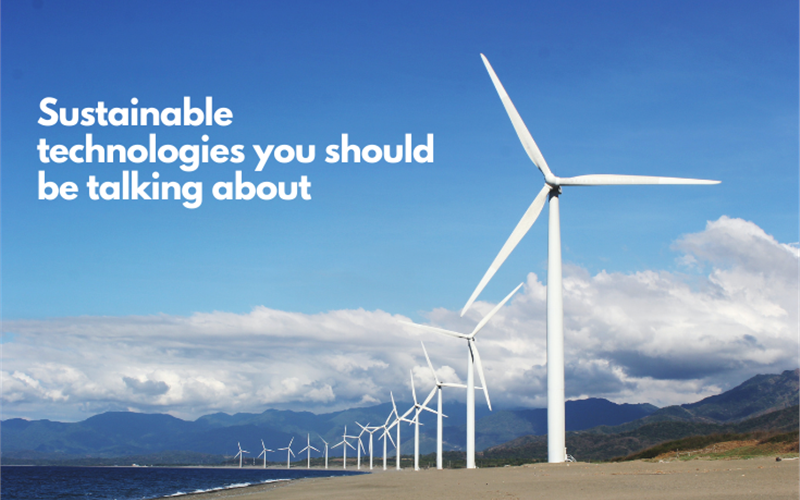Bacteria, microbe to fight plastic waste
WhatPackaging?’s weekly updates on the new developments in the field of sustainability.
21 Aug 2021 | By WhatPackaging? Team
Can bacteria solve the plastic waste crisis?
Tae Seok Moon, an environmental engineer at the McKelvey School of Engineering at Washington University in St Louis, plans to address the plastic waste problem with a bacterium that would upcycle the plastic into a value-added chemical. His work got a boost from a three-year USD 861,571 grant from the US Department of Energy. The grant was among 34 projects funded by the department’s Office of Biological and Environmental Research — to the tune of USD 45.5 million — to advance biotechnology research to create clean biofuels and bioproducts.
Creating sustainable bioplastics from electricity-eating microbes
Electricity harvested from the sun or wind can be used interchangeably with power from coal or petroleum sources. Or sustainably produced electricity can be turned into something physical and useful. Researchers in Arts & Sciences at Washington University in St Louis have figured out how to feed electricity to microbes to grow truly green, biodegradable plastic, as reported in the Journal of Industrial Microbiology and Biotechnology.
“As our planet grapples with rampant, petroleum-based plastic use and plastic waste, finding sustainable ways to make bioplastics is becoming more and more important. We have to find new solutions,” said Arpita Bose, assistant professor of biology in Arts & Sciences. One of the main issues with renewable electricity is energy storage: how to collect power generated during the sunny and windy hours, and hold it for when it is dark and still. Bioplastics are a good use for that “extra” power from intermittent sources, Bose suggests — as an alternative to battery storage, and instead of using that energy to make a different type of fuel. Her laboratory is among the first to use microbial electrosynthesis to wrangle a polymer called polyhydroxybutyrate (PHB) from electricity-eating microbes. The plastic they are making is “sustainable, carbon-neutral and low-cost,” Bose said.
“One of the major challenges in bioplastic production is the substrate input, which affects cost,” said Tahina Ranaivoarisoa, a research technician in the Bose laboratory and first author of the new paper. “A versatile bacterium such as R. palustris TIE-1 — which can effectively use just carbon dioxide, light and electrons from electricity or iron for bioplastic production — broadens the substrates that could be used in bioplastic production.”














 See All
See All